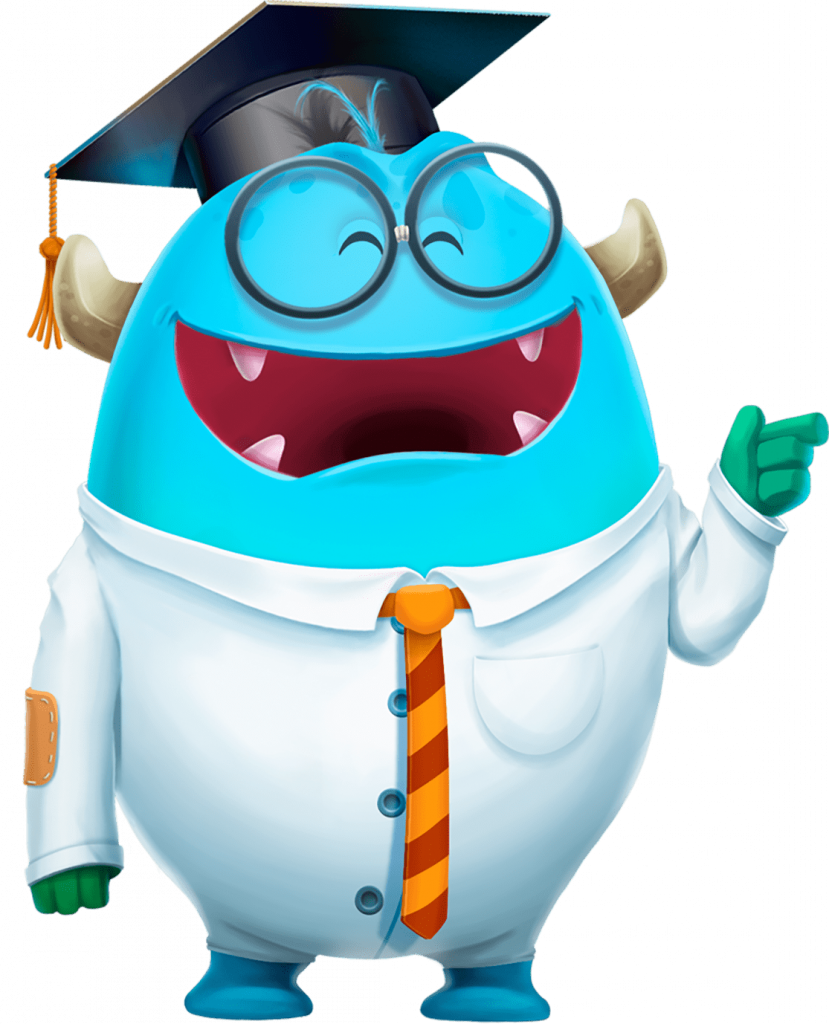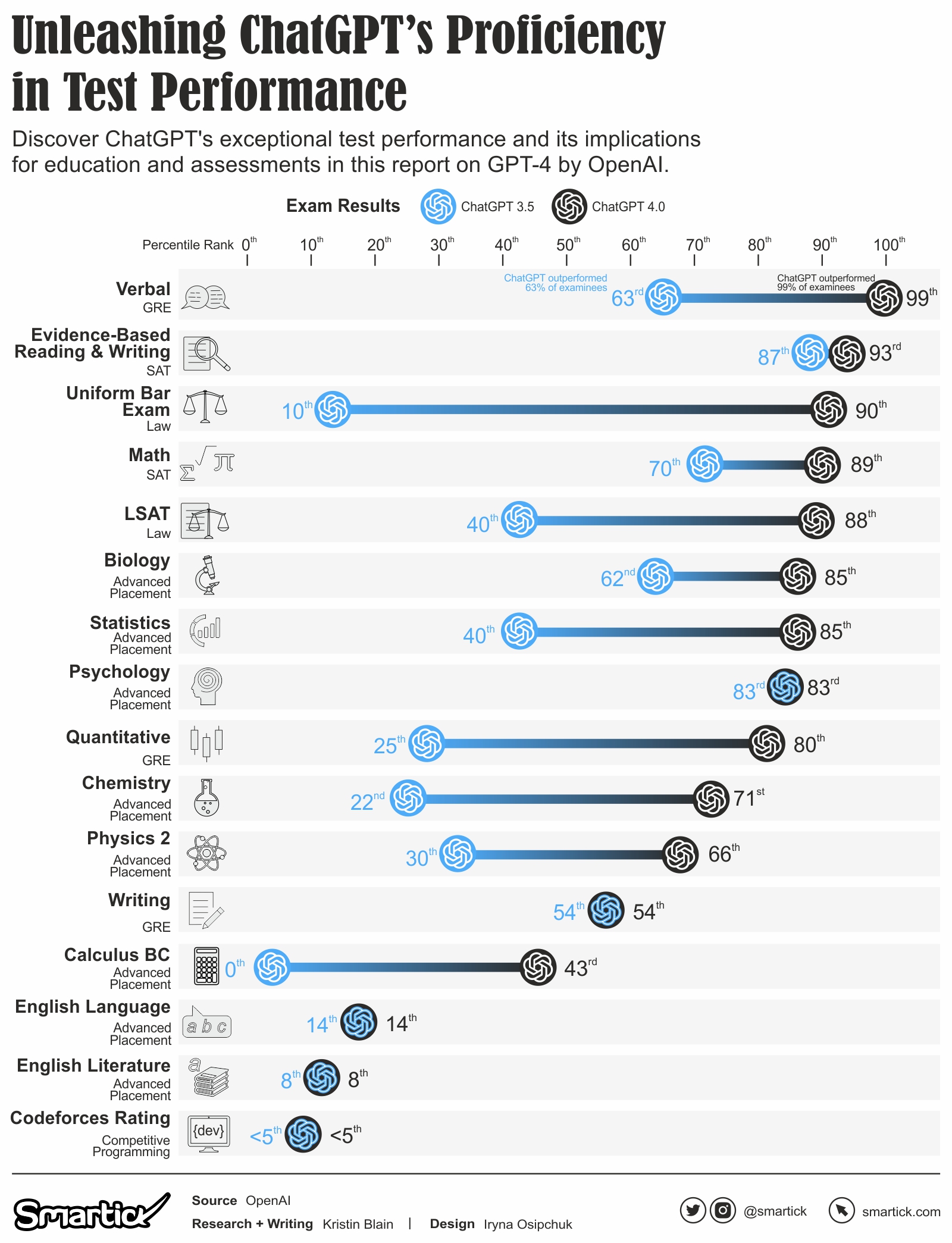
OpenAI’s powerful new language tool known as ChatGPT has been garnering significant attention due to its astonishing ability to generate human-like responses. It recently became the second AI in history to pass the Turing test, an exam that evaluates a machine’s ability to display intelligent behavior through its interactions with humans in general conversation. But since passing this historic milestone in late 2022, this trending chatbot is still rapidly evolving.

GPT-4, the latest model from OpenAI, has been upgraded to be 10 times more advanced than its earlier model, GPT-3.5. GPT-4 provides more precise and logical answers and has a higher memory limit. According to the latest report openai.com, GPT-4 passed yet another significant milestone exhibiting human-level academic performance as it turned out top scores in a wide range of standardized exams, making notable improvements over its 2022 model.
Scoring better than 80% or more of human examinees on assessments including Advanced Placement tests, the SATs, the GREs, and the Uniform Bar Exam, GPT-4 has made some impressive strides across the world of academia.
However, the chatbot does continue to struggle with replicating literary thinking, which may stem from the AI’s inability to tackle more sophisticated cognitive skills founded on human experience, imagination, and the theory of mind (understanding how other people think.)
Competitive programming assessments such Codeforces is another obstacle for the chatbot to still overcome. In its last attempt to solve coding problems, GPT-4 scored below 5%—less than most beginner coders—a failure that its creators have attributed to the simple fact that GPT-4 had not been trained in coding.
Despite these current incompetencies, big tech companies are doing all they can to boost the chatbot’s capabilities, financing projects such as the building of supercomputers that will support more data, new tools, and specialized training for the fledgling AI.
Homework Helping—or Hurting?
Given ChatGPT’s demonstrations in academic achievement, it should come as no surprise that students around the world are making fast friends with this impressive homework helper.
Copying and pasting answers from a chatbot is generating quite a hubbub in the teaching community—and educators seem to be split on how to handle it. Some view the language model as a threat to academic integrity, throwing open the door to cheating and plagiarism. Others see it as a tool to enhance learning—and to decrease teacher workload.
As ChatGPT’s responses become more intuitive, generating more human-like conversations with every use, the possibilities expand for this language model to assist in teaching—rather than simply to hand over the answers. Plus, the chatbot technology’s affordability and accessibility has the potential to revolutionize the way we learn (and teach), paving the way for a more inclusive and effective education system.
In a world increasingly shaped by advanced AI technology, ChatGPT stands out as a powerful language model that has captured the imagination of many. Its ability to generate human-like responses and its recent achievement of passing the Turing test have drawn significant attention. With the introduction of GPT-4, ChatGPT has reached new heights, exhibiting remarkable academic performance and outscoring the majority of human examinees in standardized exams. While the chatbot still faces challenges in areas such as literary thinking and competitive programming, efforts are underway to overcome these obstacles and enhance its capabilities. As educators grapple with the implications of using ChatGPT as a homework helper, opinions diverge on whether it poses a threat to academic integrity or offers a valuable tool for learning enhancement. However, as ChatGPT’s responses become increasingly intuitive and human-like, it has the potential to revolutionize education by serving as a teaching aid and fostering a more inclusive and effective learning environment. With its accessibility and affordability, chatbot technology opens up exciting possibilities for the future of education, paving the way for transformative advancements in how we learn and teach.

